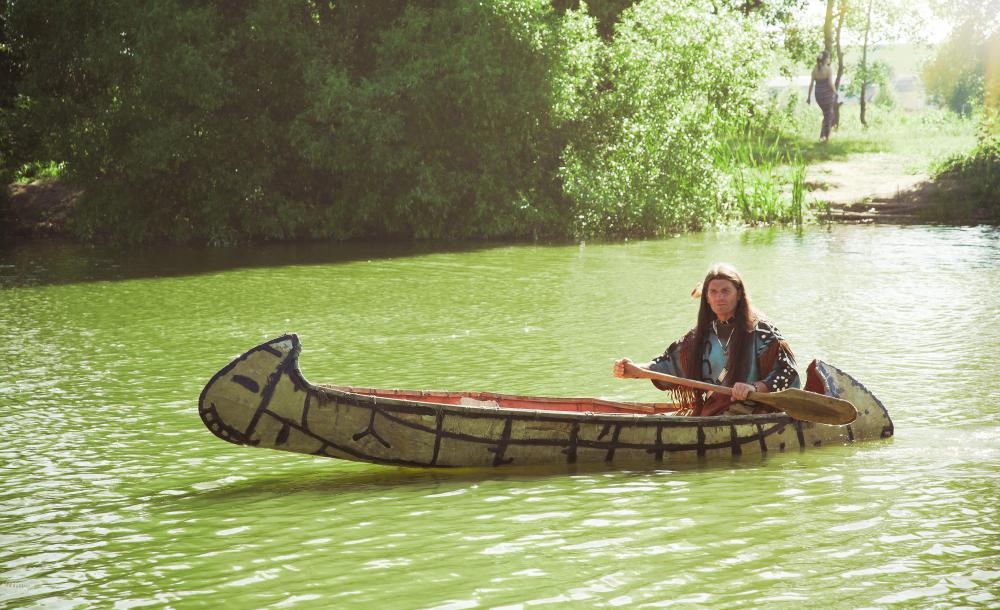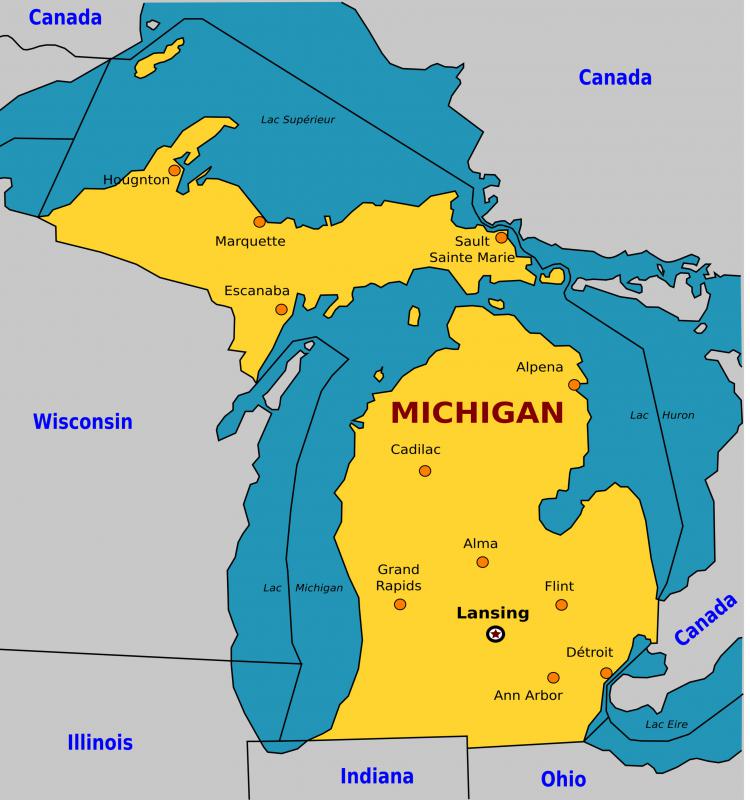At WiseGEEK, we're committed to delivering accurate, trustworthy information. Our expert-authored content is rigorously fact-checked and sourced from credible authorities. Discover how we uphold the highest standards in providing you with reliable knowledge.
What is the Ojibwa Tribe?
The Ojibwa tribe, also called the Chippewa or Anishinabe, is the third-largest Native American tribe in North America, following the Cherokee and Navajo. Living in the woodlands in northern United States and southern Canada, it became the largest Great Lakes tribe, gaining considerable power from its contact with French fur traders in the 1600s. The Ojibwa tribe has signed more treaties with the United States, Canada, Britain, and France than any other tribe.
Since European efforts to relocate the Ojibwa tribe were not successful, almost 150 groups of Ojibwa still live in the northern Great Lakes region of the United States and southern Canada. There are U.S. Native American tribal reservation lands in Michigan, Minnesota, Wisconsin, and North Dakota. In Canada, there are First Nation reserves in Ontario, Manitoba, and Saskatchewan

Ojibwas speak an Algonquin language called Anishinaabemowin or Ojibwemowen, which means “widely spoken.” There are five dialects: Northern Ojibwa, Southern Ojibwa, Western Ojibwa, Eastern Ojibwa, and Ottawa, which is spoken by a group that remains politically distinct from the Ojibwa although it speaks the same language. Anishinaabemowin remains one of the most widely spoken tribal languages in North America.

There were few conflicts between the Ojibwa people and other Native American tribes prior to the European presence in North America. Since the Ojibwa tribe lived in remote areas that had a short growing season and poor soil, people were hunters and gatherers rather than farmers. Around 1630, French fur traders entered the region, bringing with them weapons that they traded to the Ojibwa people for fur, food, and supplies. The Ojibwa people grew wealthy and powerful. With their new weapons, they became a formidable enemy, conquered neighboring tribes, and expanded their territory.
With two other tribes, the Ottawa and Potawatomi, the Ojibwa had an alliance called the Council of Three Fires. Together, encouraged by the British, the tribe subdued the Iroquoian Confederacy and Sioux. The council also fought against the British during the Seven Years’ War and against the United States during the War of 1812. With the war over, the United States began to relocate many other Native American tribes and expand further west. Although plans to relocate the Ojibwa were never carried out, the tribe began to lose power as the United States expanded its territory.
Since the Ojibwa were able to stay in its native lands, the tribe members were able to retain their language and much of their culture and traditions. They were not as widely dispersed as many other Native American tribes. Unlike many Native American tribes, the Ojibwa still have a strong cultural presence and its language is widely spoken. Still, preservationists strive to retain as much of its culture and traditions as possible for future generations.
AS FEATURED ON:
AS FEATURED ON:












Discuss this Article
Post your comments